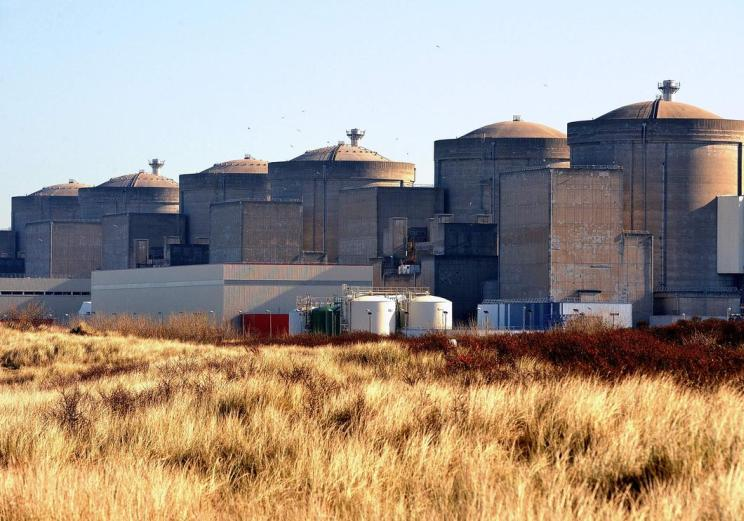
Edf said that four reactors at the Glavolin nuclear Power plant in France were shut down due to a large number of jellyfish in the cooling system, which might be caused by the rise in water temperature due to global warming.
Reuters reported that Electricite de France (EDF) issued a statement on Monday (August 11) saying that the No. 2, No. 3 and No. 4 reactors at the Gravolin nuclear power plant automatically shut down before midnight because the filter cartridges of the pumping station were filled with "a large number of unpredictable" jellyfish, and the No. 6 reactor also shut down a few hours later.
The statement said that this incident did not affect the safety of facilities, personnel or the environment.
Data from Electricite de France shows that the entire nuclear power plant has been temporarily shut down as two other units are undergoing planned maintenance.
This nuclear power plant located in northern France is one of the largest in the country, and its cooling system is provided by a canal connecting to the North Sea. Each of the six units of the nuclear power plant has a generating capacity of 900 megawatts, with a total generating capacity of 5.4 gigawatts.
In recent years, due to rising water temperatures and the invasion of invasive species, the number of jellyfish on the beaches around Gravolin, which is located between the two major cities of Dunkirk and Calais, has increased.
The beaches near the nuclear power plant are also hotspots for immigrants attempting to cross the English Channel into the UK. Since these jellyfish are non-toxic, they pose no threat to the human body.
Wright, a Marine biology advisor in the Fisheries Division of the National Oceanic and Atmospheric Administration of the United States, said, "The higher the water temperature, the faster the jellyfish reproduce." The water temperature in sea areas like the North Sea is constantly rising, and the breeding period of jellyfish is also constantly extending.
He also said that jellyfish might spread by riding on the "tailwind" of oil tankers. They would enter the ballast tanks of ships from ports and are often discharged into waters on the other side of the earth.
Derek said, "Everyone is talking about clean nuclear energy, but we haven't taken into account the unintended consequences of thermal pollution."
An invasive species called "Asian Moon Jellyfish", native to the Pacific northwest, was first discovered in the North Sea in 2020. This type of species prefers to survive in waters with high plankton content and slow water flow, such as ports and canals. It has previously caused similar problems in ports and nuclear power plants in China, Japan and India.
Edf has not yet responded to this.

Driven by the Trump administration's push to relax financial regulations and the recovery of investment banking business, the market value of the six major banks in the United States has cumulatively increased by approximately 600 billion US dollars by 2025.
Driven by the Trump administration's push to relax financia…
On Christmas evening, U.S. President Trump posted on social…
According to multiple foreign media reports, the recent fin…
The middle class, once regarded as the cornerstone of Ameri…
On December 19th local time, the US military launched a lar…
The Boxing Day sunshine should have cast a false glow of pr…